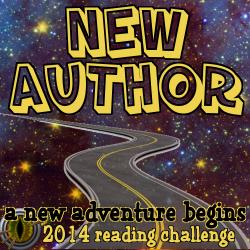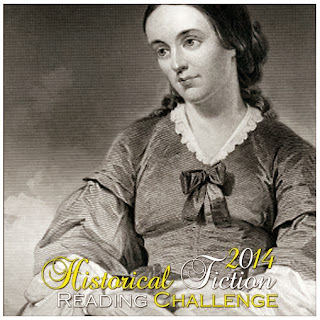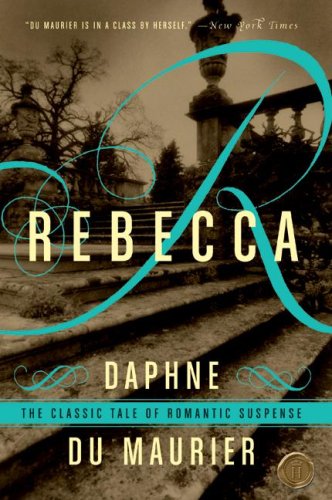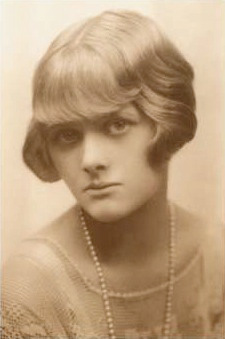Source: Public library
Hardcover, 391 pages
On Amazon and on Kobo
The Impossible Knife of Memory by Laurie Halse Anderson is set five years or more after Hayley Kincaid’s father came back from two tours each in Afghanistan and Iraq. They had been on the road as he drove semi-trucks and home-schooled her, but they return to his home town to set down some roots and for her to attend senior year in a regular school. She barely reconnects with her childhood friend Gracie and she is plunged head first into peer-pressure drama as she tries to hide her own past and home life struggles. She meets mega-hottie Finn, who has stopped being the star swimmer for the high school team, and they strike up an unconventional relationship of him doing her favors she never asks for in exchange for articles for the nearly defunct school newspaper.
“My earbuds were in, but I wasn’t playing music. I needed to hear the world but didn’t want the world to know I was listening.” (page 5)
As much as this story is about Hayley and her ability to connect with people her own age, it is also a story about the wide-ranging effects of PTSD. Anderson sprinkles in what look like memories from Hayley’s father, which provide enough background on his experiences to demonstrate how real his nightmares had become. These nightmares are so real that she loses sleep herself, and like most children of addicted parents, she teeters on the edge of caring for him and allowing herself to live her own life without worrying about him.
“A few days after we moved in, Daddy got unstuck from time again, like the Pilgrim guy in Slaughterhouse. The past took over. All he heard were exploding IEDs and incoming mortar rounds; all he saw were body fragments, like an unattached leg still wearing its boot, and shards of shiny bones, sharp as spears. All he tasted was blood.” (page 9)
Trauma is tricky, and while many veterans never speak of their experiences, family can glean from their nightmares the events that continue to plague their living hours. Anderson writes for young adults with a seriousness that ensures young readers will feel at home in the worlds she creates, but she never sugarcoats the realities of war or PTSD. Hayley is strong, but still teeters on the edge when her father takes a wrong turn or stops coming out of his room. The only thing keeping her in the present and connected are her relationships with Gracie and Finn. The Impossible Knife of Memory by Laurie Halse Anderson is highly emotional, could be considered a tearjerker, and will leave a lasting imprint on readers’ memories.

Laurie Halse Anderson is the New York Times-bestselling author who writes for kids of all ages. Known for tackling tough subjects with humor and sensitivity, her work has earned numerous American Library Association and state awards. Two of her books, Speak and Chains, were National Book Award finalists. Chains also made the Carnegie Medal Shortlist in the United Kingdom.
Laurie was the proud recipient of the 2009 Margaret A. Edwards Award given by YALSA division of the American Library Association for her “significant and lasting contribution to young adult literature…”. She was also honored with the ALAN Award from the National Council of Teachers of English and the St. Katharine Drexel Award from the Catholic Librarian Association.
Also Reviewed:



 About the Editor:
About the Editor:



 About the Author:
About the Author:







 About the Author:
About the Author:
 About the Author:
About the Author:



 About the Author:
About the Author:


